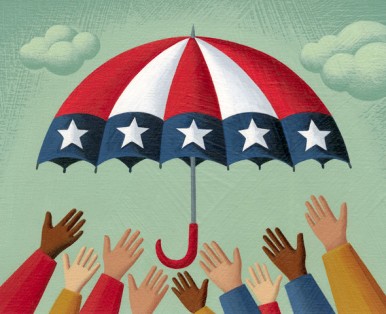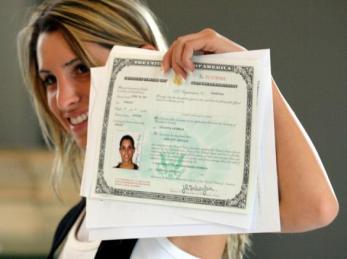You may not be required to prove your financial ability to be eligible for immigration benefits! There are certain groups of people who are either exempt from public charge, or may get a waiver for public charge when applying for a green card or other benefits with USCIS. These include:
- Refugees (or current refugees applying for adjustment to permanent resident status)
- Asylum applicants (or current asylees applying for adjustment to permanent resident status)
- Amerasian Immigrants (for their initial admission)
- Individuals granted relief under the Cuban Adjustment Act (CAA)
- Individuals granted relief under the Nicaraguan and Central American Relief Act (NACARA)
- Individuals granted relief under the Haitian Refugee Immigration Fairness Act (HRIFA)
- Individuals applying for a T Visa or have one and are trying to become a permanent resident and get a green card
- Individuals applying for a U Visa or have one and are trying to become a permanent resident and get a green card
- Applicants for Temporary Protected Status (TPS)
- Certain applicants under the LIFE Act Provisions
If you have any questions or concerns regarding if you need to prove your financial ability or file an Affidavit of Support, feel free to contact us at Your Immigration Angel!










